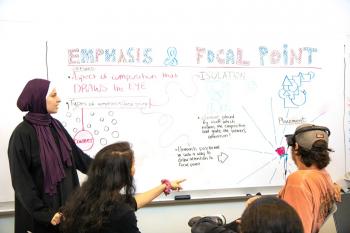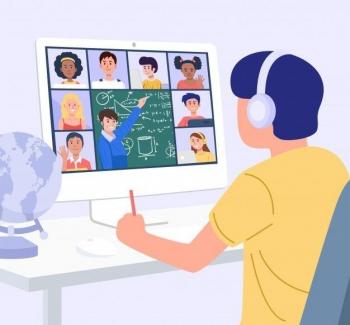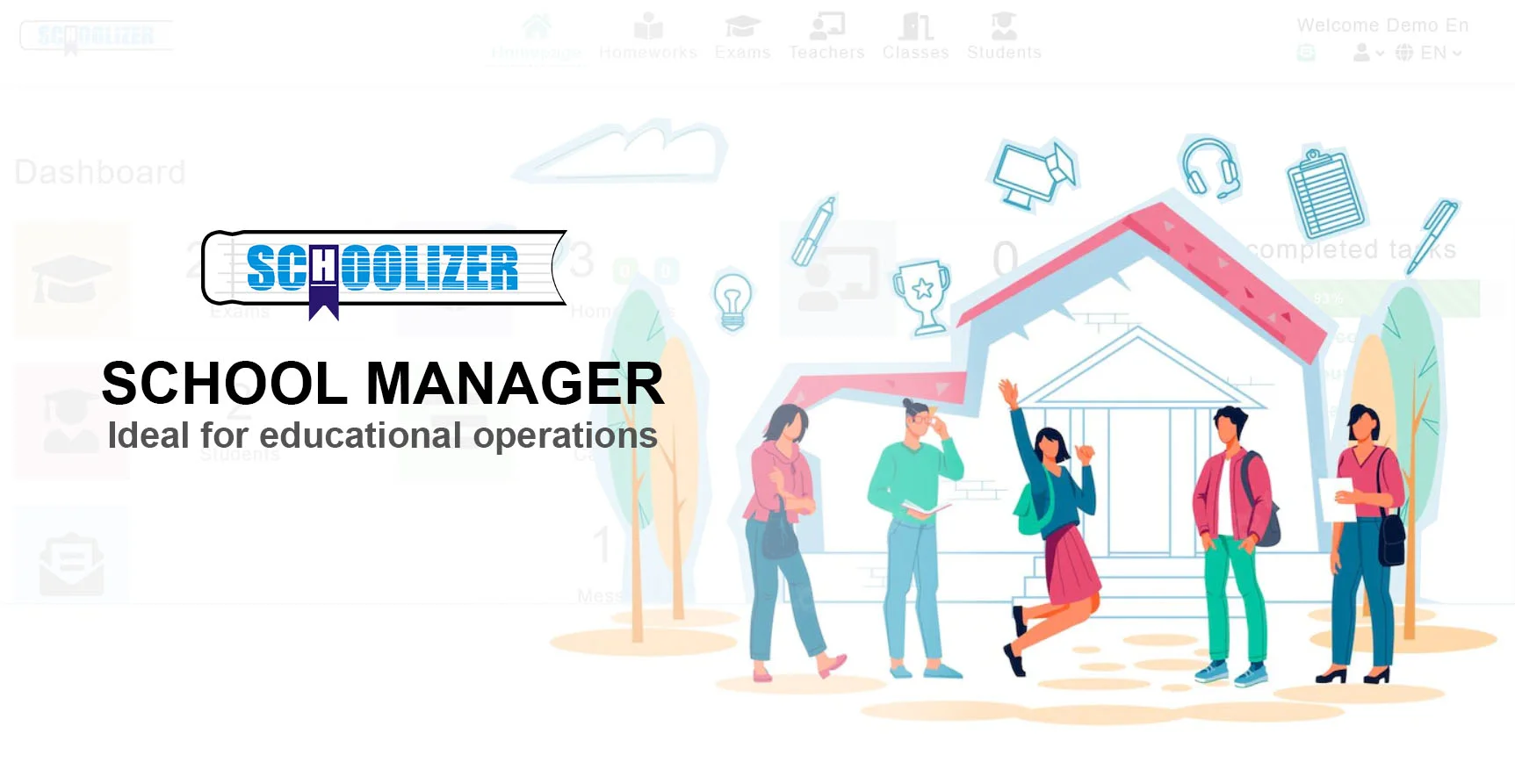Why Inclusive Education Matters: The Case for Integrating Children With and Without Disabilities

Why Inclusive Education Matters: The Case for Integrating Children With and Without Disabilities
What if every child, regardless of ability, could learn side by side in the same classroom? Why do some states still separate children with disabilities from their peers? How can inclusive education benefit all students? These questions lie at the heart of a growing debate about how best to educate young children with diverse learning needs.
The Benefits of Inclusive Early Education
Research consistently shows that inclusive classrooms benefit both children with disabilities and their typically developing peers. When children learn together, they develop greater empathy, social skills, and academic achievement. Inclusive education allows students with disabilities to access the general curriculum while receiving specialized support, rather than being isolated in separate classrooms.
A study from the University of New Hampshire found that children in inclusive preschool programs made greater gains in language and cognitive development compared to those in segregated settings. Their typically developing peers showed no negative effects—in fact, many demonstrated improved social skills and leadership abilities.
Real-world example: In Massachusetts, the Inclusive Concurrent Enrollment Initiative allows students with intellectual disabilities ages 18-22 to audit college courses while still receiving special education services. Participants show marked improvement in independence, self-advocacy, and career readiness.

The Persistent Problem of Segregation
Despite overwhelming evidence supporting inclusion, many states continue to maintain separate systems. Some school districts claim they lack resources or trained staff to implement inclusive programs effectively. Others argue that children with significant disabilities require specialized environments that general education classrooms can't provide.
In New Jersey, for example, state regulations require districts to maintain separate "preschool disabled" programs for children with special needs. While these programs provide intensive services, they isolate children from their typically developing peers during critical early learning years.
This segregation often continues into elementary school. Nationwide, only about 63% of students with disabilities spend 80% or more of their school day in general education classrooms, according to the U.S. Department of Education.
The Legal Framework for Inclusion
The Individuals with Disabilities Education Act (IDEA) mandates that children with disabilities receive education in the Least Restrictive Environment (LRE) appropriate to their needs. This doesn't always mean full inclusion, but the law clearly favors integrated settings whenever possible.
Legal battles over inclusion continue nationwide. In New Jersey, advocates have filed complaints with the U.S. Department of Education, arguing that the state's separate preschool system violates IDEA's LRE requirement. Similar cases have emerged in other states where districts resist moving toward inclusive models.
Overcoming Barriers to Inclusion
Implementing successful inclusive education requires more than just placing children together in the same classroom. Schools need proper training, resources, and support systems to make inclusion work effectively.
Key components include:
- Co-teaching models: Pairing general and special education teachers in the same classroom
- Universal Design for Learning: Creating flexible lesson plans that accommodate diverse learners
- Professional development: Training all staff in inclusive practices
- Peer supports: Structured opportunities for children to learn from each other
Example: The SWIFT Education Center at the University of Kansas works with schools nationwide to implement inclusive practices. Their research shows that with proper support, 80-90% of students with disabilities can succeed in general education classrooms.

The Social and Emotional Benefits of Inclusion
Beyond academic outcomes, inclusive education fosters crucial social-emotional development for all children. When students with and without disabilities learn together, they develop:
- Greater empathy and understanding of differences
- Improved communication and problem-solving skills
- Stronger sense of community and belonging
- Reduced prejudice and stereotypes
A longitudinal study published in the Journal of Early Intervention found that children in inclusive preschools were more likely to initiate interactions with peers of varying abilities compared to those in segregated settings. These social benefits persisted into elementary school.

Moving Forward: A Call for Change
The evidence clearly supports inclusive education, yet systemic change comes slowly. Advocates recommend several steps to advance inclusion:
- Policy reform: Updating state regulations that mandate segregation
- Funding adjustments: Allocating resources to support inclusive models
- Family engagement: Educating parents about the benefits of inclusion
- Teacher preparation: Incorporating inclusive practices into all education programs
As research continues to demonstrate the benefits of inclusion—and as society becomes more aware of disability rights—the pressure for change grows. The question remains: How long will children have to wait before all schools embrace inclusive education?






